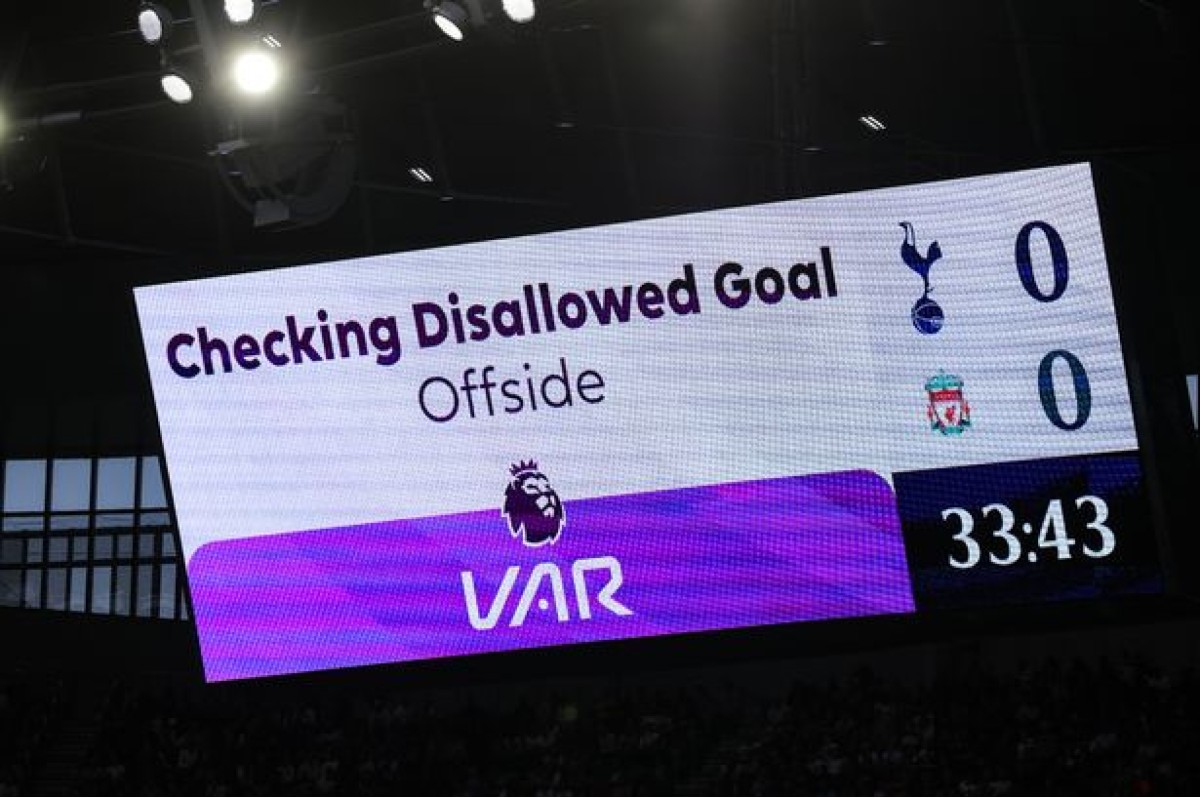Wolves are leading the way for the Premier League clubs to vote on getting rid of VAR from the start of next season.
Clubs from England’s top flight will hold their annual general meeting next month and at this gathering, they will vote on whether to abolish VAR from the start of next season, reports The Athletic.
VAR has been used in the Premier League since 2019 and is used in nearly all the top competitions across the globe. The technology has helped referees to make better decisions on the field of play but it has also generated persistent controversy.
This season has seen a lot of hate come the way of Premier League officials and most of that has stemmed from their use of VAR.
Nottingham Forest have been enraged by some of the decisions made by referees throughout the current campaign, while Liverpool also released a statement following the controversy over the Luis Diaz disallowed goal against Tottenham at the beginning of the season.
Last Month, Sweden became the first country to reject implementing VAR after fan backlash, and now will the Premier League follow in not using the technology from next season onwards?

Wolves leading the way as Premier League set to vote on VAR
Wolves are the club that have formally submitted the proposal for VAR to be abolished for the 2024/25 season to the Premier League.
The Midlands club stated via The Athletic: “There is no blame to be placed — we are all just looking for the best possible outcome for football — and all stakeholders have been working hard to try and make the introduction of additional technology a success.
“However, after five seasons of VAR in the Premier League, it is time for a constructive and critical debate on its future.
“Our position is that the price we are paying for a small increase in accuracy is at odds with the spirit of our game, and as a result we should remove it from the 2024/25 season onwards.”
Is getting rid of VAR in the Premier League the right decision?
There are pros and cons with VAR as the technology has improved decision-making in England’s top flight. However, the officials using it have not been up to standard and have made many bad calls, as well as taken too long to reach a conclusion over incidents.
From a fan point of view, the technology has taken a lot of excitement out of the sport as supporters are not sure if they can celebrate goals or not as they can be taken away minutes later. It is also hard to understand what is happening inside the stadium when VAR is checking something and that leaves a lot of fans frustrated.
It is hard to say whether the Premier League is better off without VAR, but that is a decision now in the hands of the 20 clubs in England’s top flight.




VAR works perfectly in Europe so why doesn’t it work as well in the EPL?
The operators are incompetent you say, so the obvious solution is to train them.
Training and retraining makes professionals better.